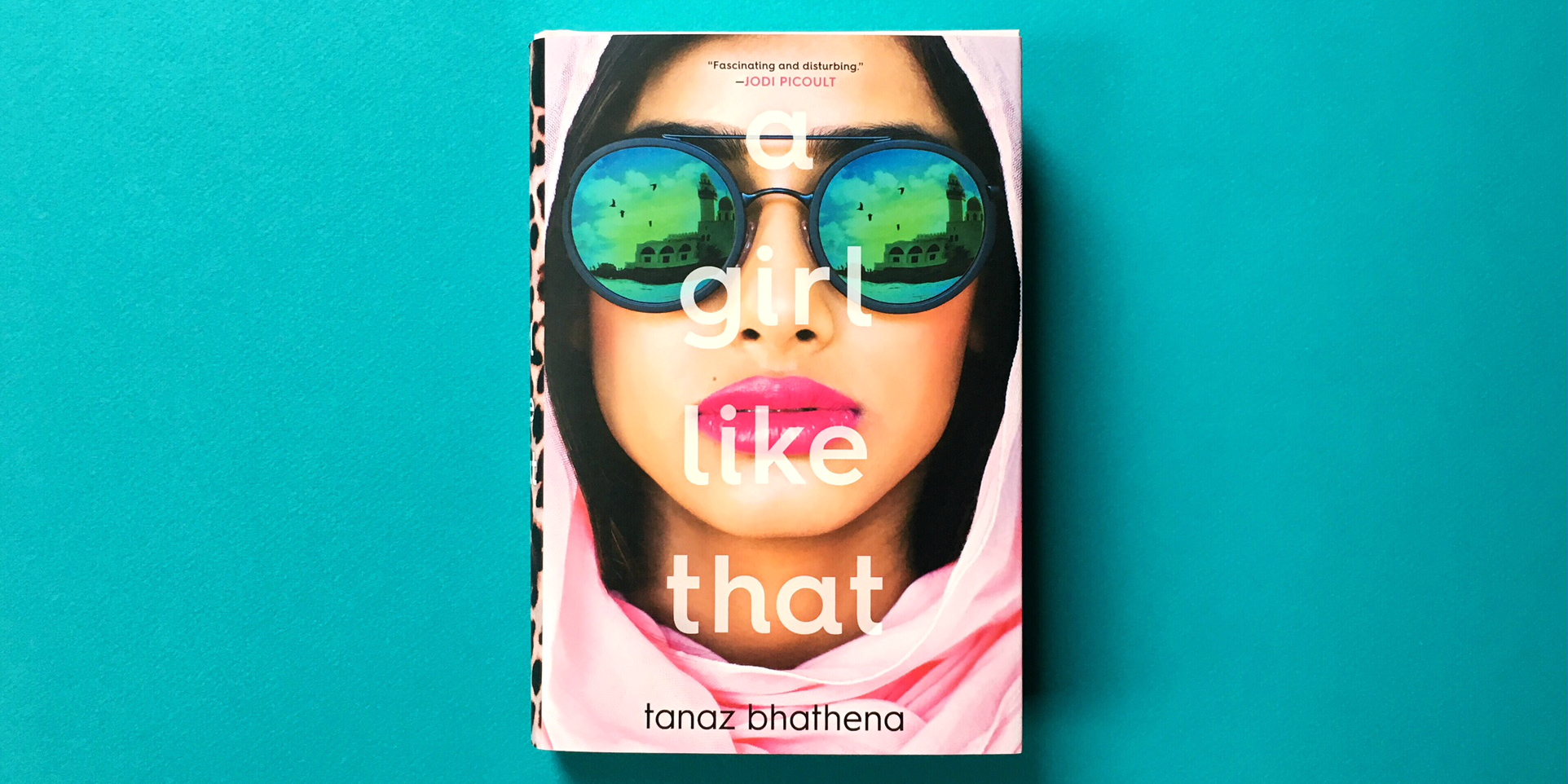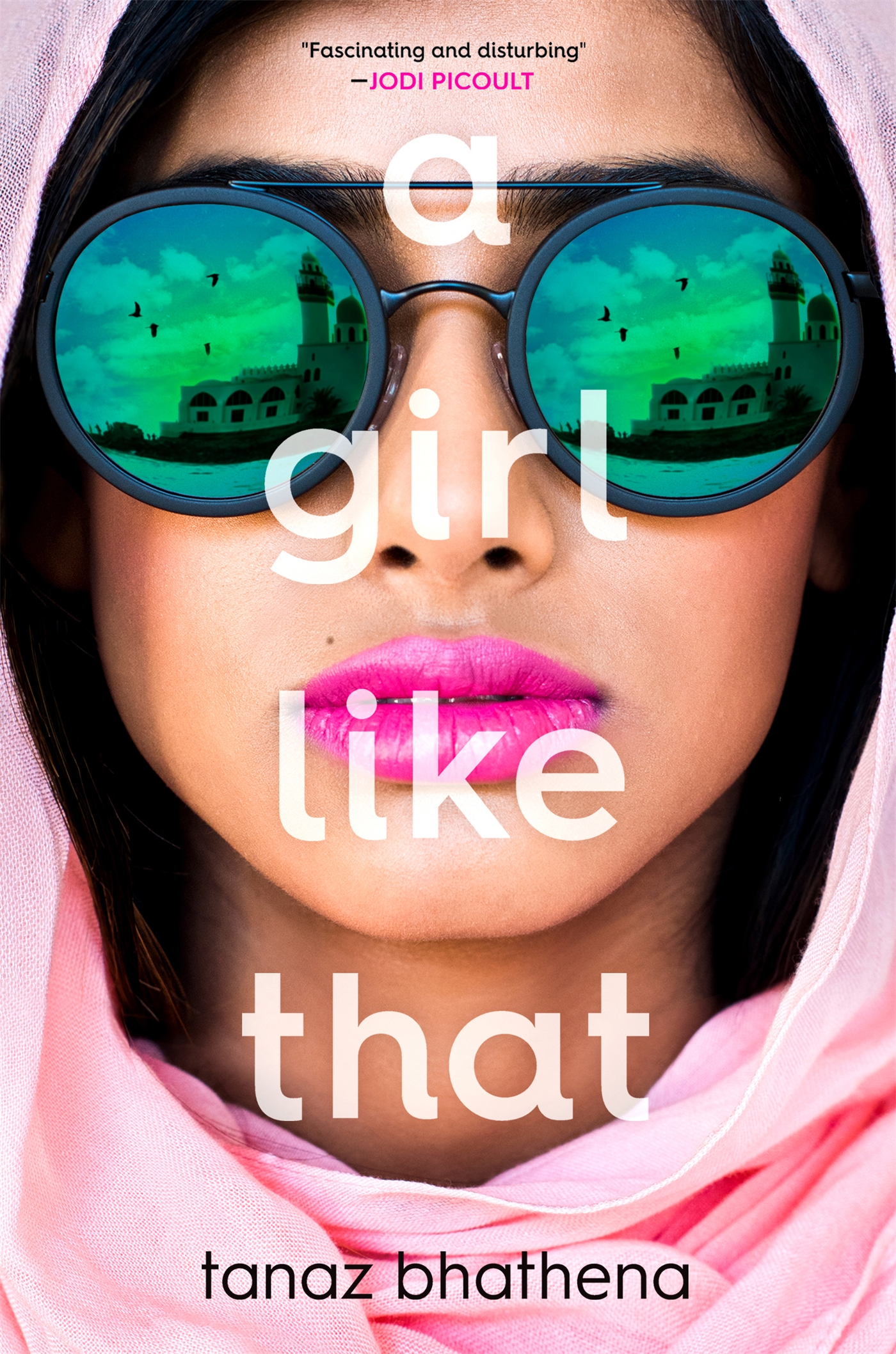The Inspiration Behind A GIRL LIKE THAT
February 26, 2018 | 4:00 PM
The Inspiration Behind A GIRL LIKE THAT
By Tanaz Bhathena
I wanted to write a funny story. A dark comedy about a character who didn’t exactly leave after dying but, like a spectator, made sarcastic running commentary on what went on after she died: how things looked and how everyone reacted, especially the people she was closest to. I didn’t succeed at the comedy bit—my story turned out darker than I anticipated.
I was born in Mumbai, India, to Zoroastrian parents who, seeking better jobs abroad, ventured to Saudi Arabia, where I studied in an Indian school. Back in the ’90s, in Riyadh, one of the first questions people asked after your name was “What’s your religion?”
I quickly learned to avoid answering this question (“Zoro-what? Are you making that up?”) and rarely ever made reference to it among strangers. Non-Muslims aren’t allowed to publicly practice their faith in the Kingdom and, as I grew older, things that I paid little attention to as a child—discreet prayer ceremonies and gatherings in homes and apartments, windows and doors shuttered from prying eyes—took new meaning.
For me, this secrecy often extended to what I wrote. As a teen, I always avoided mentioning Zoroastrianism in my stories, and I also never set anything in Saudi Arabia. Back then, books were closely scrutinized; banning books set in the Kingdom was as common as censoring a kiss in a foreign movie or shading a woman’s bare thighs with black Magic Marker.
My parents and I immigrated to Canada when I was sixteen, but it wasn’t until I graduated university that I considered writing about Saudi Arabia at all. Freshly diagnosed with an autoimmune disorder, I began writing again to escape, initially starting a fantasy set in India. The story wasn’t working out as well as I wanted it to. So instead of writing what I didn’t know, I began writing about what I did.
And all of a sudden, words began pouring out. Zarin Wadia’s voice emerged first, a girl with Zoroastrian heritage who was both funny and sarcastic, followed by other voices, spawning fourteen different short stories set directly or indirectly around a fictitious Jeddah school.
When I began writing the short story that would eventually become A Girl Like That, it felt like I was back home. On familiar ground in a place where things made sense when nothing about my illness did. Yet, at the same time, old problems began cropping up—issues I’d turned a blind eye to when I lived in Saudi Arabia, things I’d silenced myself on. The countries you live in are like people in that sense: No matter how much you love them, they can’t always be seen through the rosy shades of nostalgia.
To remain quiet would mean censoring myself again. To write about these things would be painful.
So I researched. I read Arab News and Saudi Gazette again. I also read blogs and first-person accounts of people who still lived in Jeddah and in Riyadh. Their stories gave me the courage to tell my own and make a little more sense of the life I lived before.
And so, I did.

A Girl Like That by Tanaz Bhathena
Sixteen-year-old Zarin Wadia is many things: an Indian girl, a bright and vivacious student, an orphan, a troublemaker whose romantic entanglements are the subject of endless gossip among the girls in her school. "You don't want to get involved with a girl like that," they say. So how is it that Porus, a Parsi boy, has only ever had eyes for her? And how did Zarin and Porus end up dead in a car together, crashed on the side of the highway in Jeddah, Saudi Arabia? When the religious police arrive, everything everyone thought they knew about Zarin is called into question.




